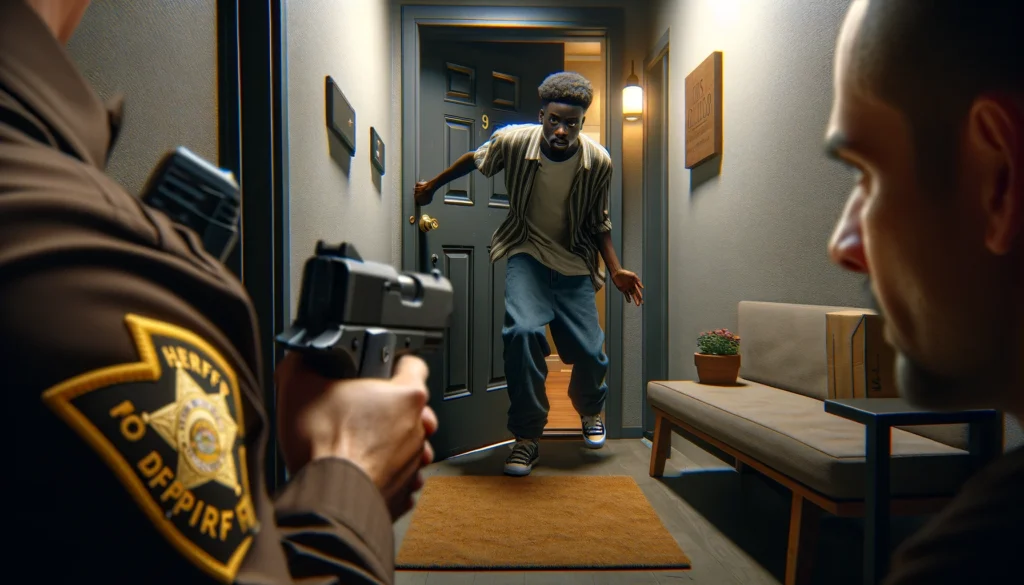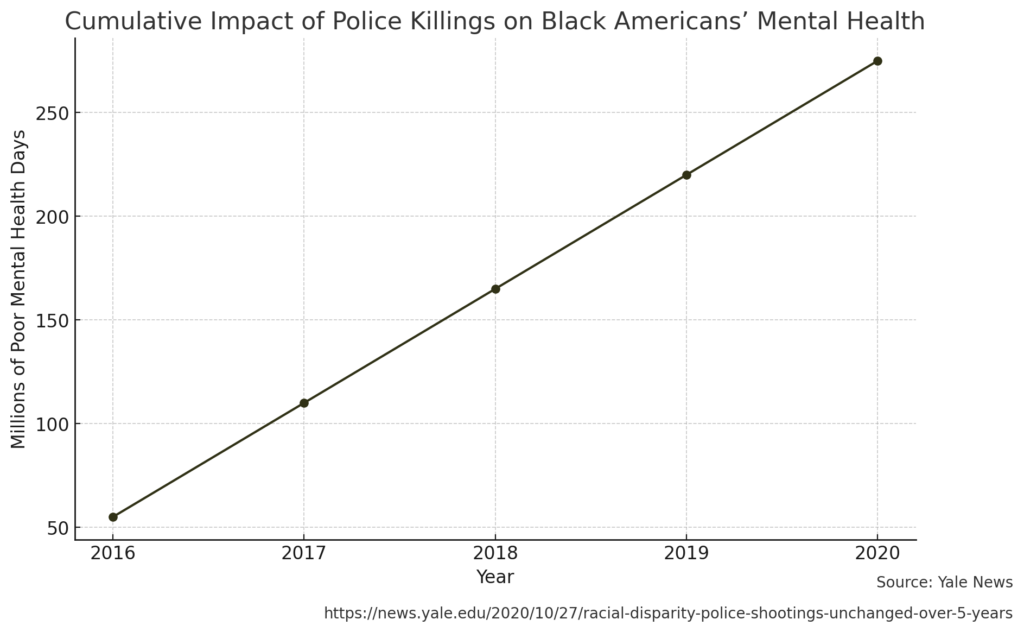
Tragic Shooting of U.S. Airman Roger Fortson by Florida Deputy Sparks Outrage
By Darius Spearman (africanelements)
Support African Elements at patreon.com/africanelements and hear recent news in a single playlist. Additionally, you can gain early access to ad-free video content.
Shocking Body Cam Footage Reveals Rapid Shooting
A sheriff’s deputy in Florida fatally shot Roger Fortson, a 23-year-old Black Airman, sparking widespread calls for justice. Shockingly, the body camera footage shows the deputy fired multiple shots immediately after Fortson opened his door, holding a gun pointed downward. At this point, Fortson was on a FaceTime call with his girlfriend, unaware of the deputy’s presence.
“The video clearly shows Roger opening the door and the deputy firing within seconds” (Military.com).
Family Challenges Sheriff’s Self-Defense Claim
Furthermore, Fortson’s family and their attorney, Ben Crump, argue that the deputy targeted the wrong apartment. Moreover, they dispute the sheriff’s claim of self-defense. The released video contradicts the official narrative, Crump states, raising serious questions about the deputy’s actions. Significantly, Crump emphasizes Fortson’s right to bear arms in his home.
“My son was killed in his own home, holding his legal firearm. He did nothing wrong” (The Guardian).
Investigations and Administrative Leave for Deputy
In response to the shooting, authorities placed the unidentified deputy on administrative leave. Moreover, the Florida Department of Law Enforcement and the state attorney’s office are now investigating the case. Demanding transparency and accountability, Fortson’s mother and their attorney continue to speak out. Additionally, Fortson’s service as a patriot, who served in a special operations squadron, underscores the tragedy of his death.
“He dreamed of serving his country and did so with pride” (CNN).

Racial Disparities in Police Shootings Persist Despite Scrutiny
Studies consistently show Black Americans face higher rates of fatal police shootings. For instance, from 2010-2016, Black people comprised 55% of shooting victims, over double their population share (Scholar.harvard.edu). Moreover, the probability of being Black, unarmed, and shot by police is nearly 3.5 times higher than for unarmed whites (Scholar.harvard.edu).
Disproportionate Killings of Unarmed Black and Hispanic Americans

Between 2015-2020, unarmed Black people were killed at 3 times the rate of whites. Additionally, unarmed Hispanics were killed at 1.45 times the rate of whites (Yale.edu). Among armed victims, the disparity persisted. Consequently, police killings of Native Americans, Blacks, and Hispanics were 3 times, 2.6 times, and 1.3 times the rate of armed whites, respectively (Yale.edu).
Officer Race Does Not Eliminate Disparity
Interestingly, one study found Black officers were about 3 times more likely to fire their guns compared to white officers in the same situations (Manhattan.institute). This suggests the disparity goes beyond individual officer biases.
Community Mental Health Impact

Police killings may contribute to poorer mental health in Black communities. For example, A study estimated these killings lead to 1.7 additional poor mental health days per Black person annually, totaling 55 million more poor mental health days for Black Americans each year (Yale.edu).
Continued Urgency for Reform
The recent high-profile police killings of Tyre Nichols, Roger Fortson and others underscore the urgent need for change. Despite increased scrutiny and body cameras, the racial disparity in fatal police shootings has remained unchanged over the past 5 years (Yale.edu). Continued research, policy changes, and police reform are crucial to address these persistent racial inequities in policing.
This incident joins a list of similar tragedies where police have fatally shot Black Americans in their own homes. Moreover, advocates are drawing comparisons to the cases of Botham Jean and Atatiana Jefferson. As the case unfolds, it will likely influence ongoing debates about police reform and racial justice in law enforcement practices.
About the author
Darius Spearman has been a professor of Black Studies at San Diego City College, where he has been pursuing his love of teaching since 2007. He is the author of several books, including Between The Color Lines: A History of African Americans on the California Frontier Through 1890. You can visit Darius online at africanelements.org.
